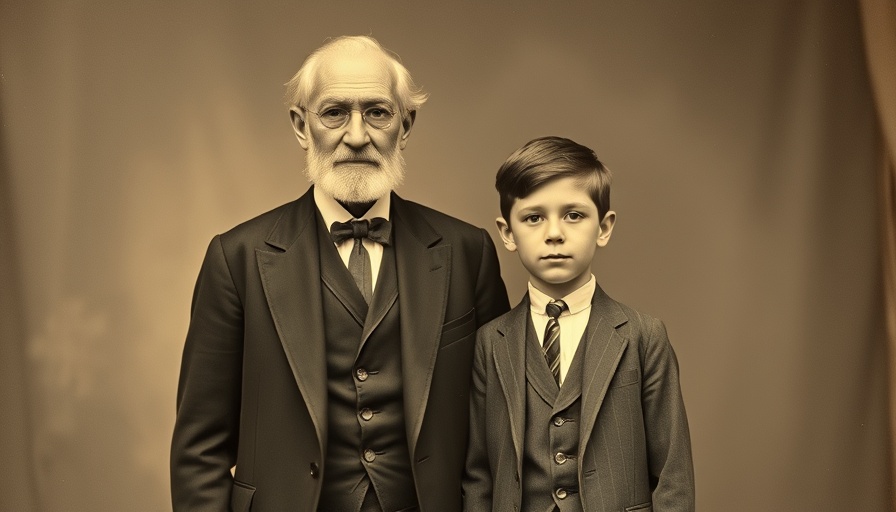
Exploring Spiritual Space at Southern Adventist University
As members of the Seventh-day Adventist (SDA) faith community navigate both personal and communal challenges, the need for dedicated spaces for worship and reflection has never been more pressing. Southern Adventist University (SAU) is rising to this occasion by transforming its environment to foster spiritual growth and connection.
The Importance of Worship Spaces
Worship spaces serve as vital sanctuaries for connection—not just with God, but also with each other. They encourage community and a sense of belonging, both crucial elements that promote spiritual health. The initiatives at Southern Adventist University highlight how physical space can reflect and enhance the spiritual lives of students and faculty alike.
Transforming University Spaces for Worship
Recently, Southern Adventist University has made significant changes to accommodate this need, focusing on developing areas specifically for worship. These changes include the enhancement of existing structures and the introduction of new possibilities designed to support various worship formats, including contemporary services, traditional gatherings, and even personal prayer rooms. This intentional design demonstrates a commitment to valuing both community and individuality in worship practices.
Leverage of Student Voices
One of the most inspiring aspects of these developments is the active participation of students and faculty in shaping the worship spaces. Campus leaders are working closely with the student body, seeking their insights and feedback. This participatory approach not only strengthens the community's bond but also ensures that the spiritual needs of diverse demographics are met.
Counterarguments: Holding Space for Multiple Beliefs
While these initiatives are designed to benefit the SDA community, there is also ongoing discussion about creating inclusive spaces for those of various beliefs and backgrounds. How can Southern Adventist University serve as a welcoming place for all? This challenge is especially relevant in today’s highly diverse society, where multiple faith practices coexist. Engaging in this dialogue can position the institution as a compassionate leader that embraces inclusivity while also respecting its own spiritual traditions.
Future Predictions: A Blueprint for Growth
Looking ahead, the trend of dedicated spiritual settings in educational institutions is likely to grow. As universities become more aware of the mental and emotional health benefits associated with spirituality, similar initiatives are expected to emerge across other campuses. By prioritizing the importance of worship spaces, Southern Adventist University could set a benchmark, inspiring other institutions to follow suit in helping students thrive.
Actions Members Can Take
For members of the SDA faith community, this movement opens a doorway to deeper spiritual engagement. Individuals can actively participate in discussions about the types of worship spaces that would be beneficial, advocating for environments that cater to their community’s unique spiritual needs. Additionally, members are encouraged to utilize the available spaces for personal development and group worship.
Valuable Insights on Community Building
Ultimately, the interplay between physical spaces and spiritual practices can serve as a catalyst for enhanced community building within the SDA faith. By recognizing the importance of space as a reflection of faith values, communities can pave the way for deeper connections and enriched spiritual lives.
In closing, encouraging an environment of worship does not just serve those actively involved in organized religion; it resonates with anyone seeking personal reflection and community support. As the evolution of worship spaces continues at Southern Adventist University, it promises to foster a vibrant community experience for present and future generations.
Call to Action: Engage in the upcoming discussions within the university’s sacred spaces and contribute your voice to this important initiative. Together, let’s enhance the spiritual landscape of our community at Southern Adventist University!
 Add Row
Add Row  Add
Add 




Write A Comment